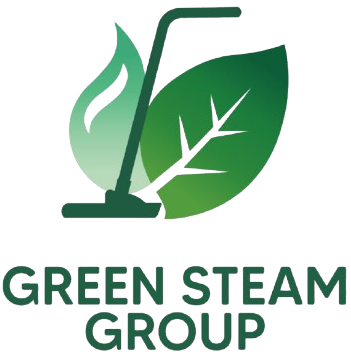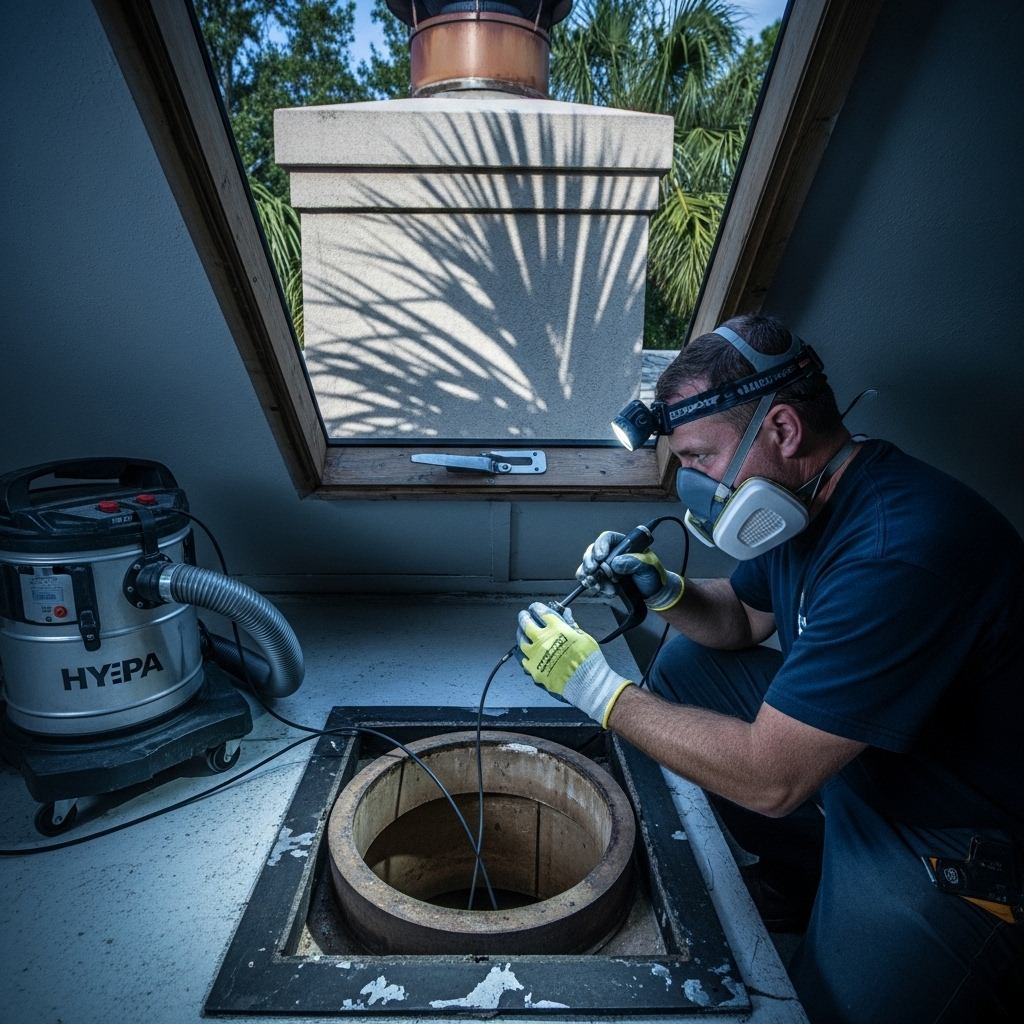If you’re planning a professional chimney cleaning and inspection near Tampa, it helps to know exactly what happens during the visit and how to prepare. Understanding the process makes your appointment smoother and ensures you get the most from the technician’s findings. This guide explains what reputable providers evaluate, how they clean different systems, and the kinds of recommendations you may receive. It also highlights Tampa-specific concerns—humidity, salt air, and storm damage—that influence maintenance. If you prefer to outsource the work entirely, you can schedule comprehensive chimney cleaning and inspection at a convenient time before cool weather arrives.
Even if you use your fireplace only occasionally, annual inspections can catch problems earlier and keep your system safe and efficient. From the firebox to the cap, a trained eye sees issues that are easy to miss, especially after heavy rains or strong winds.
Before the Technician Arrives
A little preparation helps the visit go quickly and cleanly.
- Stop using the fireplace at least 24 hours before the appointment.
- Clear the area around the hearth; move fragile items and lay out a path for equipment.
- Crate pets or secure them in another room to avoid stress and keep the work area safe.
- List any concerns: odors, smoke spillage, unusual noises, or water stains near the chimney.
Typical Scope of a Professional Inspection
Technicians often follow a structured standard. While terminology varies, inspections generally fall into tiers: a basic visual check of accessible areas; a more detailed examination with tools or video when concerns exist; and invasive evaluation if major damage is suspected. For most Tampa homes, a thorough visual inspection plus photos or video suffices unless storm damage or persistent issues are present.
- Firebox and hearth: check for cracks, loose joints, or damaged refractory panels.
- Damper and smoke chamber: evaluate operation and look for soot patterns indicating turbulence or restrictions.
- Flue liner: inspect for deposits, cracked tiles, or corrosion; verify correct liner size for the appliance.
- Chimney exterior: assess masonry, crown, cap, and flashing; note signs of water intrusion.
- Attic and roofline: scan for staining, damp insulation, or heat transfer issues near framing.
The Cleaning Process: What It Looks Like
After documenting the condition, technicians will protect your home with drop cloths and specialized vacuums. They typically brush the flue from top to bottom or bottom to top, depending on access and system configuration, using appropriately sized brushes and flexible rods to navigate offsets. The smoke chamber and throat receive targeted attention, and the firebox is swept and vacuumed. On the roof, the cap is removed and cleaned if necessary, and the crown and flashing are inspected and photographed.
For metal systems or factory-built fireplaces, professionals use tools designed to avoid damaging the liner. Deposits are captured with HEPA filtration to contain fine soot. If glazed creosote is present, additional methods or a follow-up treatment plan may be recommended; this type of deposit is not safely removed by aggressive scraping.
Tampa-Focused Concerns During Inspection
Local climate influences what technicians look for and what they recommend. High humidity can leave a musty or acrid smell, hinting at moisture mixing with soot. Salt air encourages corrosion on caps, spark arrestor screens, and metal liners. Storms may shift caps, crack crowns, or open gaps in flashing, leading to leaks. Technicians often recommend stainless steel components, improved crown coatings, or top-sealing dampers to reduce off-season airflow and odor transfer.
How Long the Appointment Takes
Most single-flue systems take roughly one to two hours for inspection and cleaning, though complex chimneys, multiple flues, or significant findings can add time. The best providers prioritize thoroughness over speed, documenting each step and answering your questions.
What You’ll See in the Report
Expect clear notes and photos covering the firebox, damper, smoke chamber, flue liner, cap, crown, and flashing. The report may include recommendations, such as parging the smoke chamber, sealing crown cracks, replacing a corroded cap, or addressing a mis-sized liner. For homes affected by storms, the report will note moisture stains or structural concerns that warrant follow-up.
Homeowner Questions to Ask
Make the most of the visit by asking focused questions.
- What type and amount of deposits did you find?
- Is my liner intact and properly sized for the appliance?
- Do you see signs of water intrusion, and where?
- What upgrades would improve safety, draft, or odor control in Tampa’s climate?
- When should my next inspection or cleaning occur based on my usage?
How to Prepare Your Fireplace Room
Provide a clear path from the door to the hearth, protect nearby furniture, and ensure an outlet is available for vacuums and lights. If parking is tight, reserve a space close to your home to shorten equipment trips. Good access helps reduce the chance of soot escaping and speeds up cleanup.
Common Findings in Tampa Homes
Technicians frequently encounter loose or rusted caps, crown cracks from sun exposure, and flashing that needs resealing after wind-driven rain. Inside, the smoke shelf often collects leaves, and light creosote accumulates even with occasional use. In older homes, flue tiles may have gaps or mortar loss visible under bright light or with a camera. A systematic cleaning combined with targeted repairs keeps these manageable.
What Happens If Problems Are Found
If an inspection uncovers significant concerns—such as damaged liners, heavy glazing, or leak pathways—the technician will outline options, prioritized by safety and weatherproofing. In some cases, a follow-up appointment is scheduled to complete repairs or advanced cleaning. Documentation helps you plan and ensures future inspections can verify that fixes hold up through Tampa’s wet and windy seasons.
Maintenance Schedule Recommendations
For occasional wood-burning, an annual inspection with cleaning as needed is a strong baseline. Gas systems tied to masonry flues still benefit from periodic checks to confirm caps and liners are intact and dry. After major storms or hurricanes, schedule a quick evaluation before your next fire. A predictable schedule reduces surprises and helps your fireplace draft properly when you want to enjoy it.
Mid-Article Reminder
If you prefer a hands-off approach or want documentation for your records, book professional chimney cleaning and inspection ahead of Tampa’s cool season. Early scheduling helps you avoid the rush during the first cold snap.
Frequently Asked Questions
- Do I need an inspection every year in Florida? Yes. Humidity and storms can affect chimneys even with light use, making annual checks a smart choice.
- How messy is the process? With proper containment and HEPA vacuums, dust is minimal and cleanup is quick.
- What if my home doesn’t have a masonry chimney? Factory-built and metal systems still need inspection to verify clearances, intact liners, and proper caps.
- Can I use the fireplace right after cleaning? Typically yes, once the technician confirms the system is sound and any cleaners have dried.
- Will I get photos? Reputable providers include photos or video stills documenting conditions and work performed.
Ready for a Safe, Efficient Fireplace?
Knowing what to expect helps you prepare and ensures a productive appointment. When you’re ready, schedule reliable chimney cleaning and inspection so your Tampa fireplace is clean, documented, and ready for those crisp evenings that make a cozy fire feel just right.

